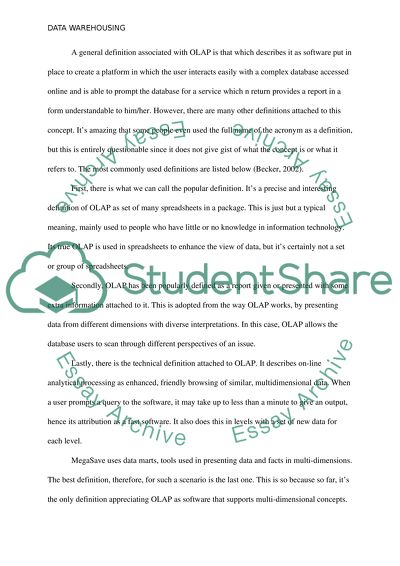Cite this document
(“Data wharehousing Essay Example | Topics and Well Written Essays - 2500 words”, n.d.)
Data wharehousing Essay Example | Topics and Well Written Essays - 2500 words. Retrieved from https://studentshare.org/information-technology/1399468-data-wharehousing-essay
Data wharehousing Essay Example | Topics and Well Written Essays - 2500 words. Retrieved from https://studentshare.org/information-technology/1399468-data-wharehousing-essay
(Data Wharehousing Essay Example | Topics and Well Written Essays - 2500 Words)
Data Wharehousing Essay Example | Topics and Well Written Essays - 2500 Words. https://studentshare.org/information-technology/1399468-data-wharehousing-essay.
Data Wharehousing Essay Example | Topics and Well Written Essays - 2500 Words. https://studentshare.org/information-technology/1399468-data-wharehousing-essay.
“Data Wharehousing Essay Example | Topics and Well Written Essays - 2500 Words”, n.d. https://studentshare.org/information-technology/1399468-data-wharehousing-essay.


